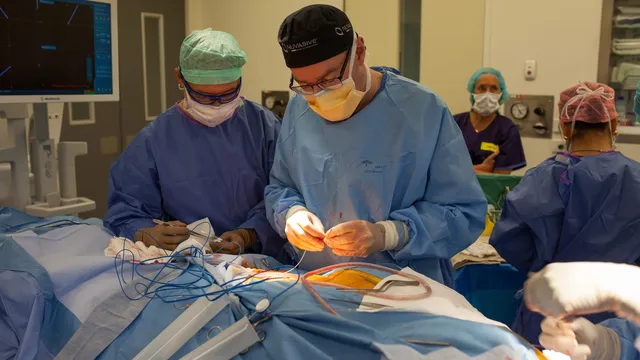A new study by scientists from the University of Cambridge and the University of Pittsburgh offers a breakthrough in understanding and treating phantom limb pain – the sensation of pain or itching in a missing limb after an amputation.
The team followed three patients who were about to have their hands amputated and studied their brain activity before and after the operation – three months, six months and up to five years later. Using brain scans, the scientists found that the “internal body map” in the somatosensory cortex remained unchanged even after the limb was removed.
According to Professor Tamar Meakin from Cambridge, the lead author of the study, the results were surprising: “We suspected that brain maps would not change much, but the extent to which the map of the missing limb remained intact was striking.”
The discovery overturns the long-held theory that the brain "rewires" itself after an amputation to compensate for the missing limb. Instead, the brain maintains connections to body parts that no longer exist.
The discovery could change the way we treat phantom pain. Current treatments aim to "restore" the brain's representation of the missing limb, but these methods have shown limited effectiveness.
Co-author Dr Hunter Schon of the University of Pittsburgh told the BBC that more promising treatments could include:
rethinking surgical techniques for amputations;
grafting nerves into new muscles or skin to give them a "new home";
making better use of robotic prostheses connected directly to the brain.
The findings open up new possibilities for restoring movement and sensation to paralyzed patients, and even controlling artificial limbs via brain interfaces. Dr. Chris Baker of the National Institute of Mental Health said the results provide a real opportunity to develop these technologies now. | BGNES

 Breaking news
Breaking news
 Europe
Europe
 Bulgaria
Bulgaria







